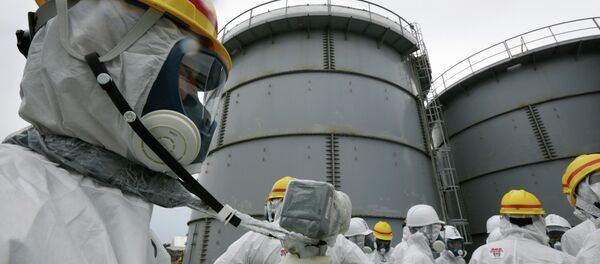In the aftermath of a magnitude-9.0 earthquake and tsunami in 2011, three of Fukushima’s six reactors suffered a meltdown, forcing nearly 100,000 people living nearby to be relocated. Roughly 19,000 people were recorded as killed or missing in the disaster.
In the largest nuclear incident since the 1986 Chernobyl disaster, radiation levels are so high that every robot sent to examine the site has failed.
Last month one of these robots aborted its mission after it was blocked by what appeared to be deposits of debris and melted fuel. There have been at least two similar incidents in the past, with one robot abandoned after not being able to find fuel for several days, and another failing after falling into a gap.
"We should think out of the box so we can examine the bottom of the core and how melted fuel debris spread out," said Masuda, according to Japan Today. He added that before alternative methods for gathering fuel can be explored, he intends to send in another robot.
The Japan Times quoted an email from MIT engineering and nuclear science professor Jacopo Buongiorno saying, "The road map for removing the fuel is going to be long, 2020 and beyond…The re-solidified fuel is likely stuck to the vessel wall and vessel internal structures. So the debris have to be cut, scooped, put into a sealed and shielded container and then extracted from the containment vessel. All done by robots."
It will take at least 40 years to fully decommission the reactors, with a projected cost of tens of billions.
A fear of the radiation has also caused Jeju Air, a low-cost South Korean air carrier, to tell its customers that they will no longer fly out of Fukushima’s airport, after users posted online that they would not "board airplanes that flew over Fukushima."






